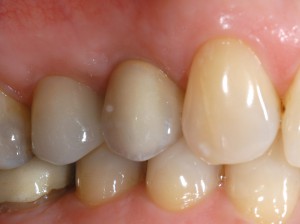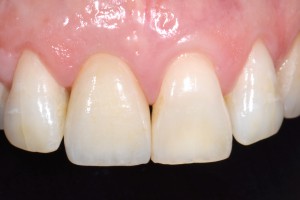Dental Implant Treatment
Dental implants
Teeth that are lost due to disease, trauma or other reasons may be replaced with dental implants. Such reconstructions are able to look, feel and function very much like the natural teeth when planned and executed appropriately. A dental implant is a small titanium screw which is inserted into the jaw bone. Over time, the bone heals and the implant becomes firmly anchored to the jawbone. Dental implants provide the foundation for replacing lost teeth, and a crown or bridge is subsequently either screwed or cemented onto the implant(s). Dental implants may be used to replace a single tooth, several missing teeth, or even in cases where all teeth are missing. Your periodontist will work closely with your restorative dentist to plan and determine the number of implants to be used and the location based on multiple factors.
Occasionally when teeth have been lost for long periods of time, or when pathology causes severe bone destruction, there may be insufficient bone width or height for implant placement. In such cases, bone grafting and sinus grafting maybe required prior to dental implant placement.
There are generally two phases in the process of restoring missing teeth with implants. The surgical phase includes all procedures which enable the implants to be inserted into the jaw bone. After sufficient healing time, the restorative phase then enables the fabrication of the final prosthesis.
Like natural teeth, dental implants still require conscientious home care, regular check-ups and professional maintenance. Recent research indicates that implants have a higher rate of biological complications in patients who are prone to chronic periodontitis. Thus it is important that any existing gum disease is completely controlled before dental implant treatment is considered, and patients who have history of periodontitis should attend regularly for professional maintenance and monitoring.
1a. The upper first premolar had to be extracted because of a fracture of the root
 1b. The upper first premolar has been replaced with a dental implant and crown.
1b. The upper first premolar has been replaced with a dental implant and crown.
2a. The upper right central incisor lost its crown and could not be re-treated.
 2b. A dental implant has been used to retain a new crown to replace the missing tooth.
2b. A dental implant has been used to retain a new crown to replace the missing tooth.



